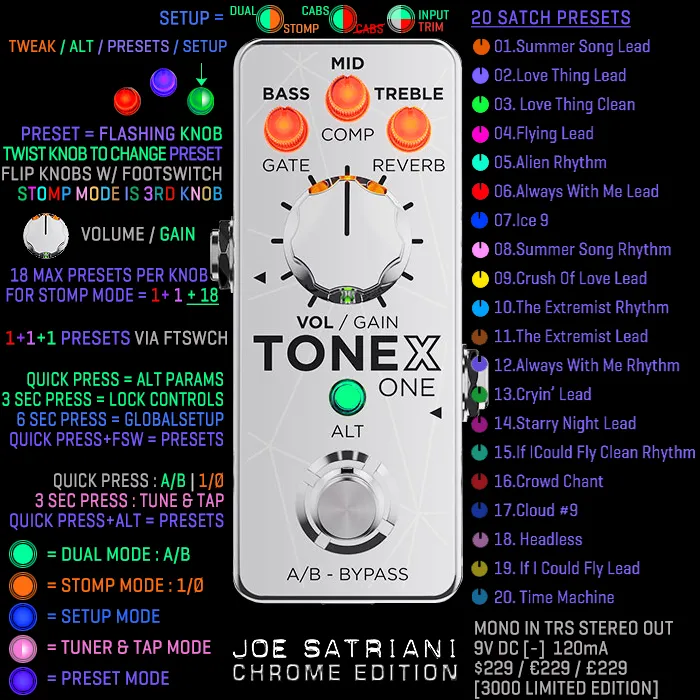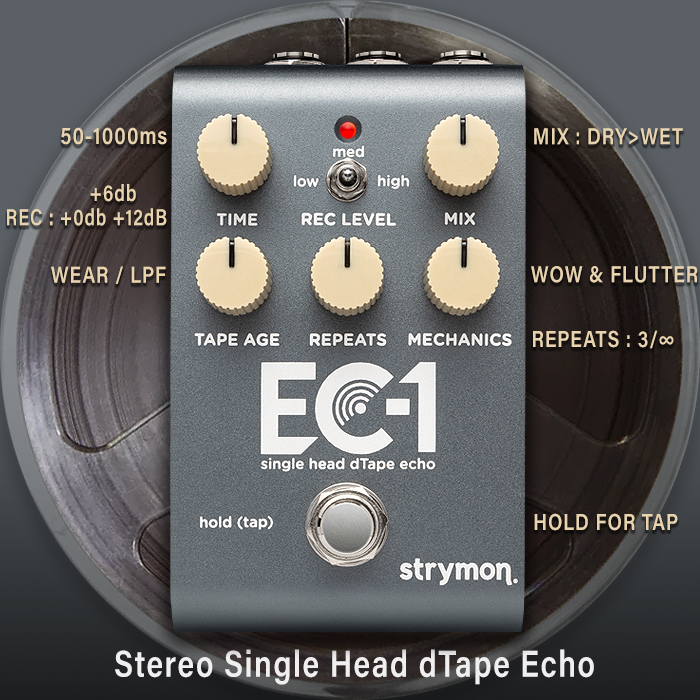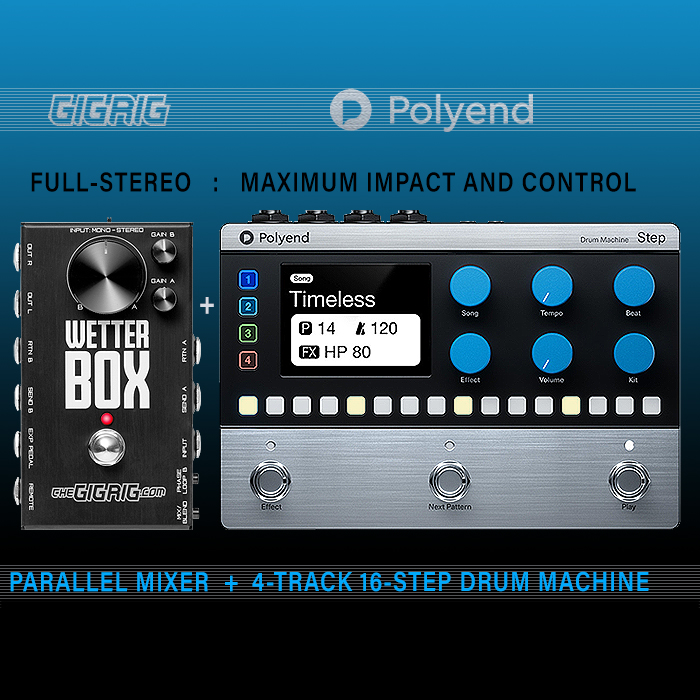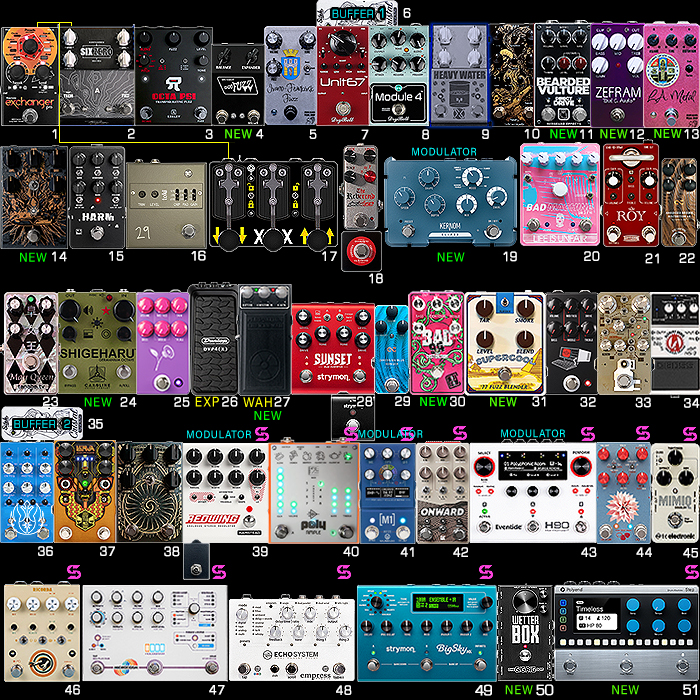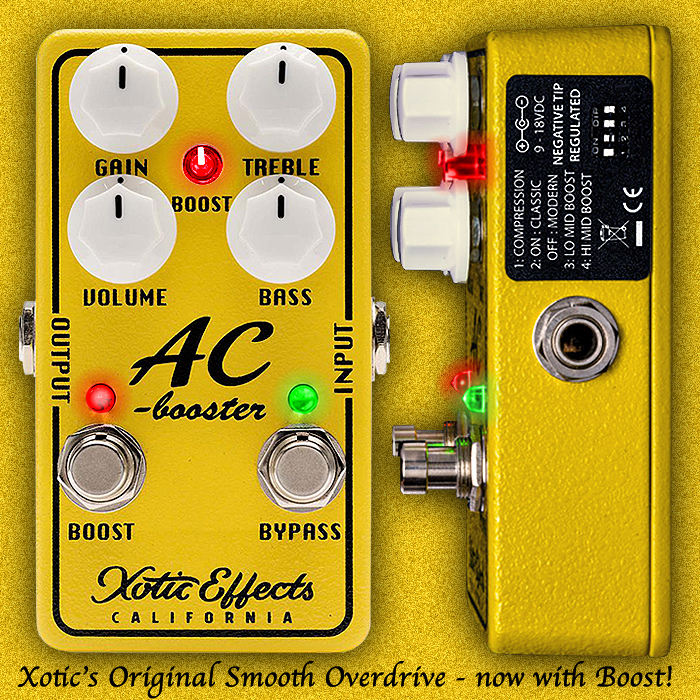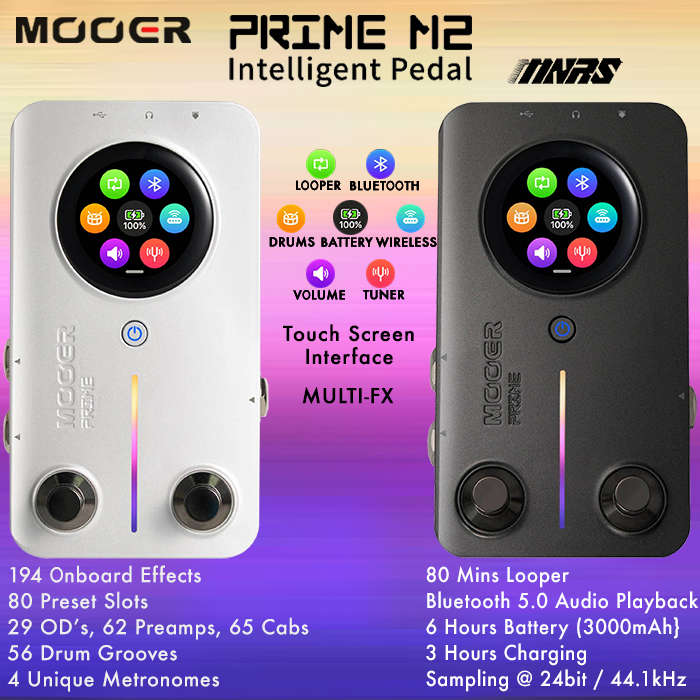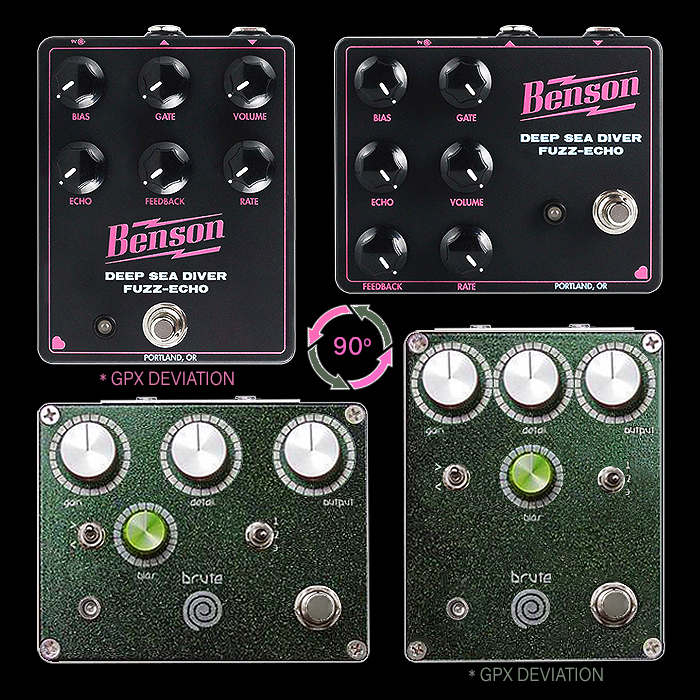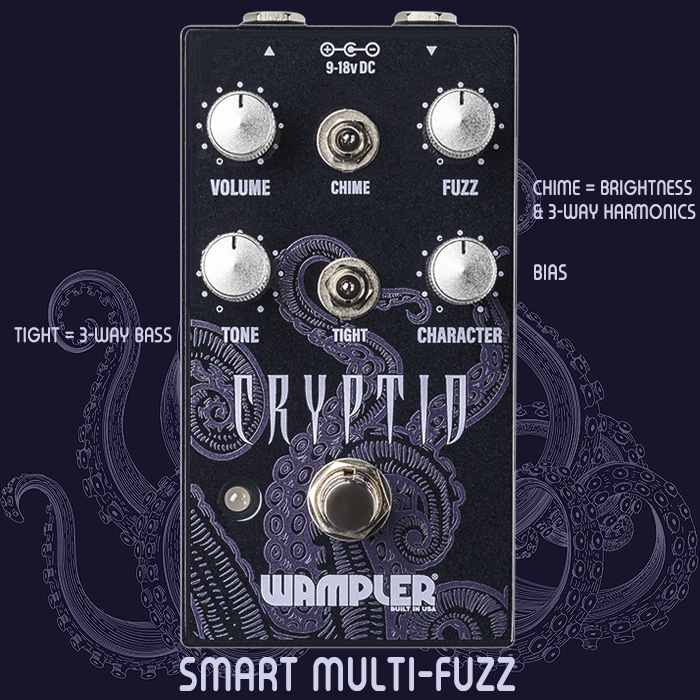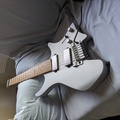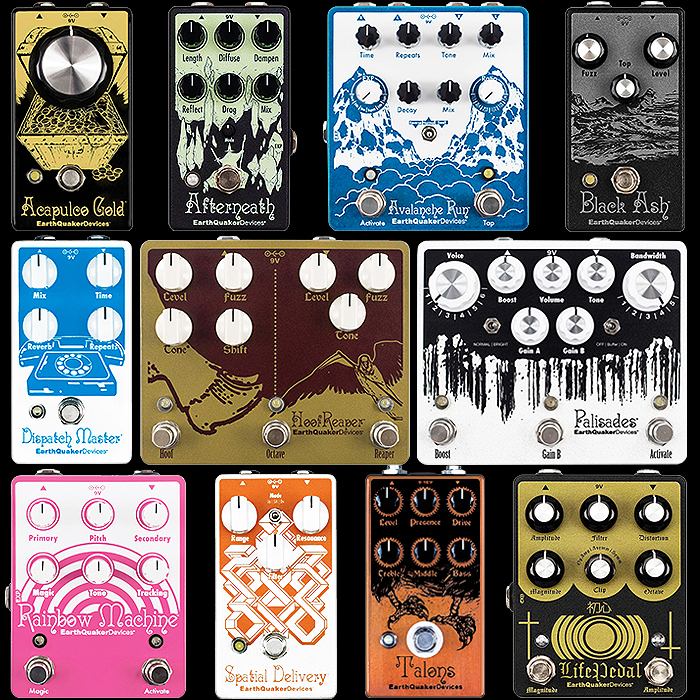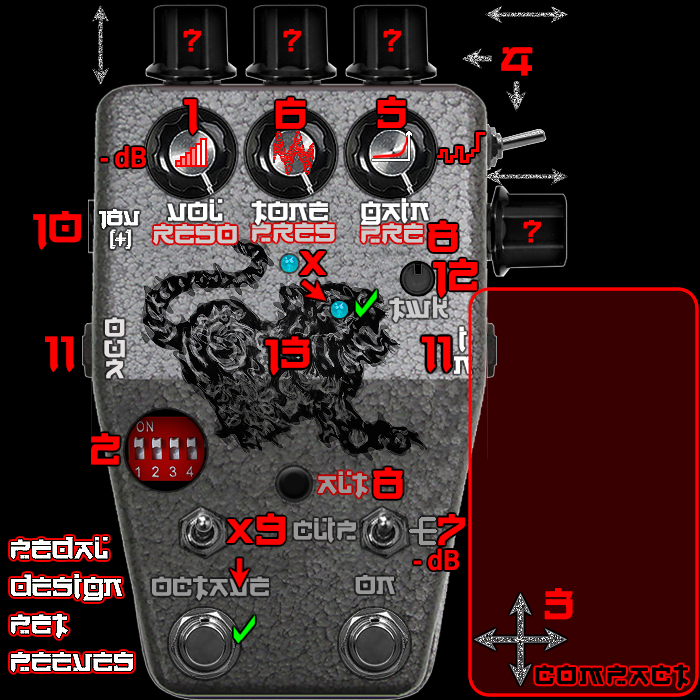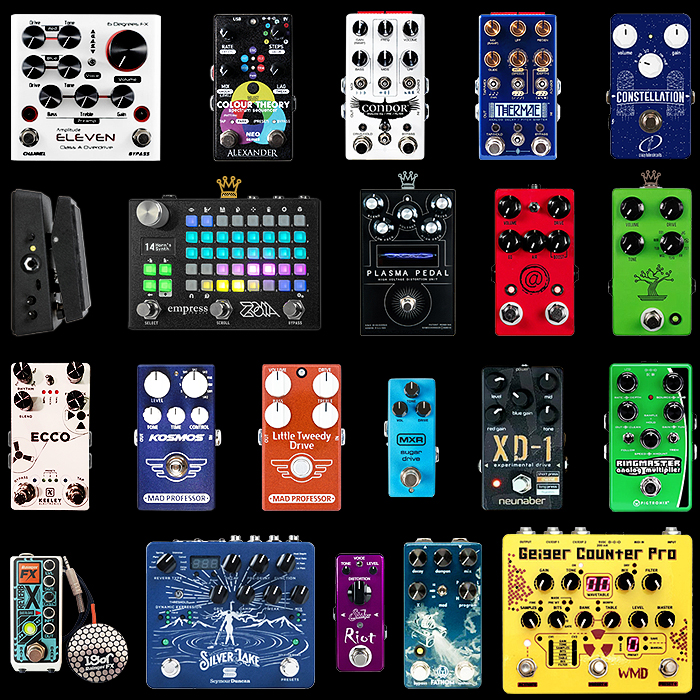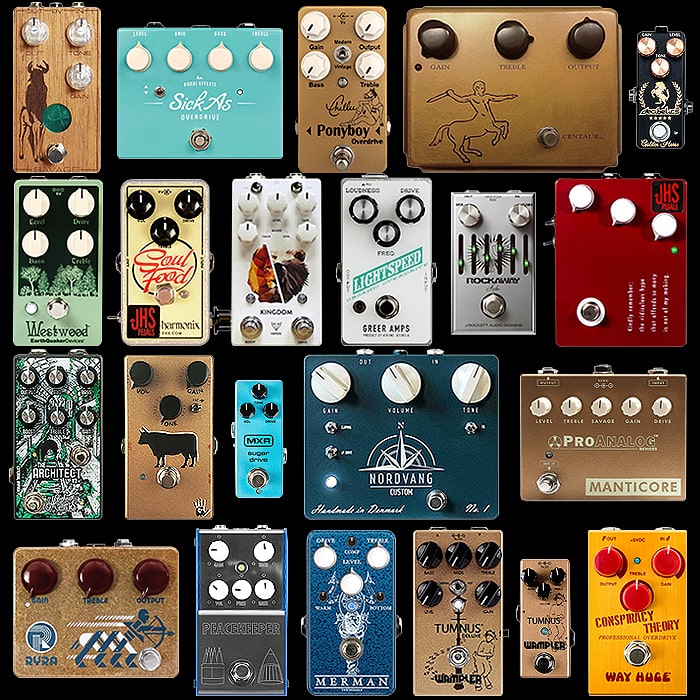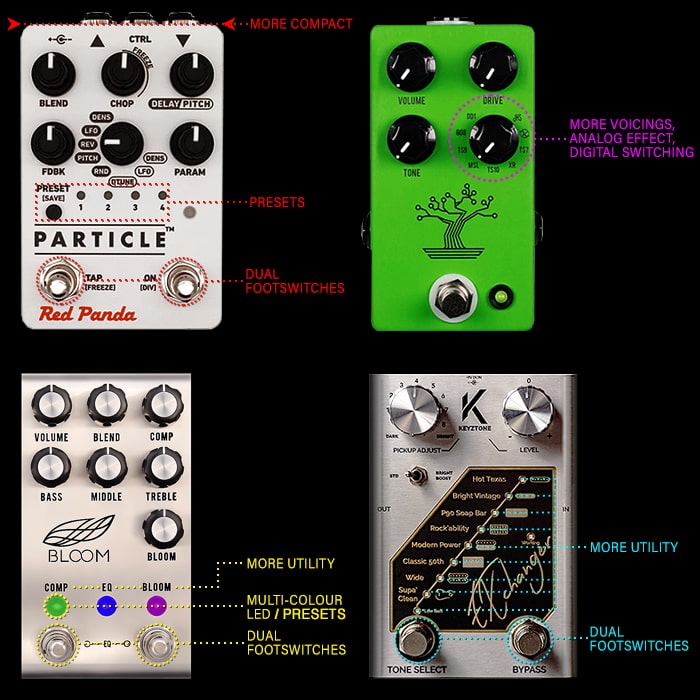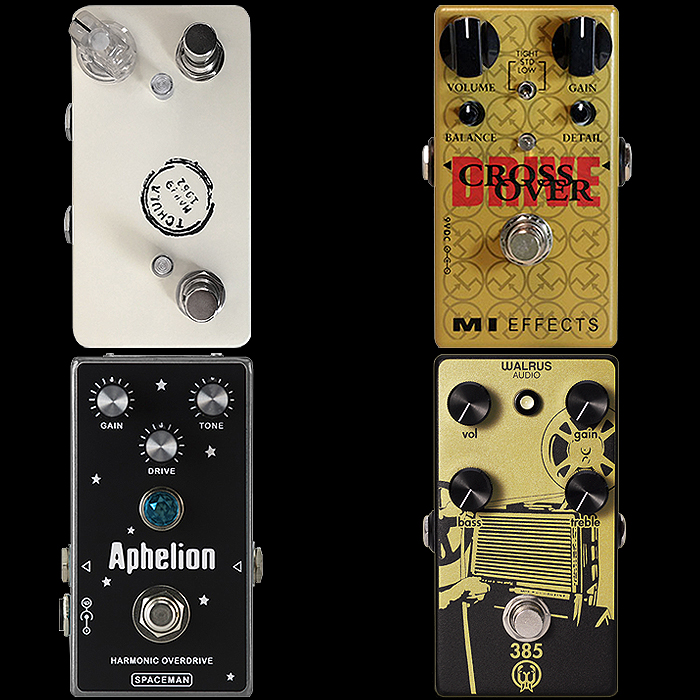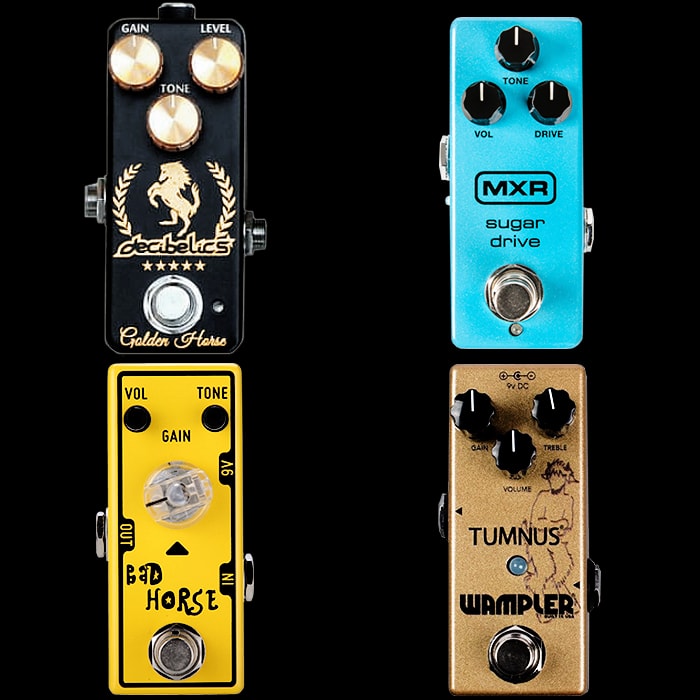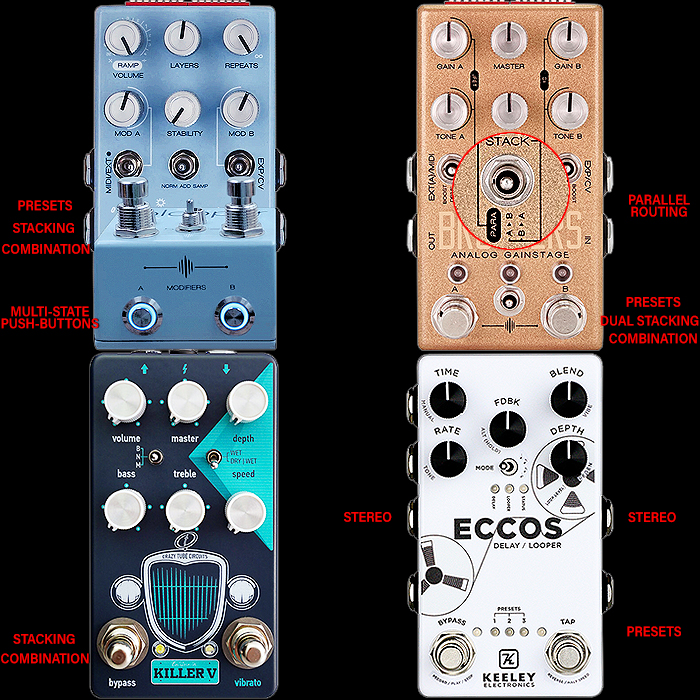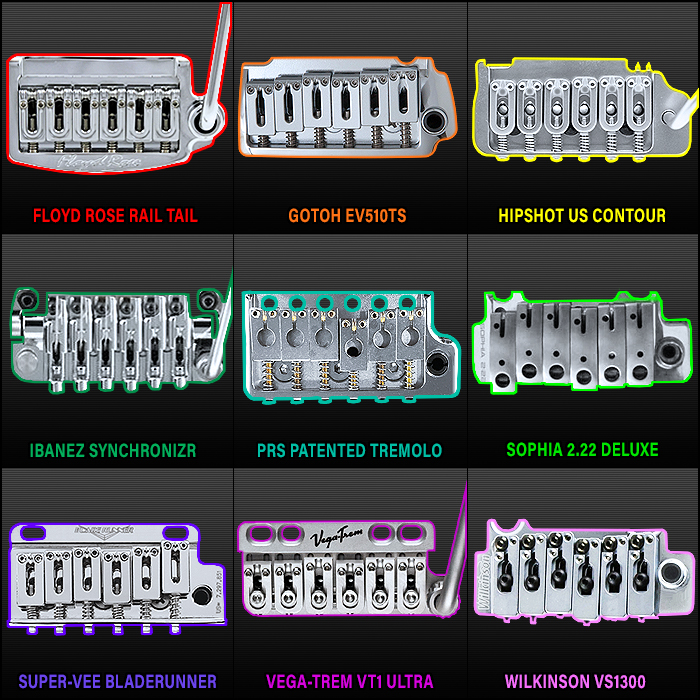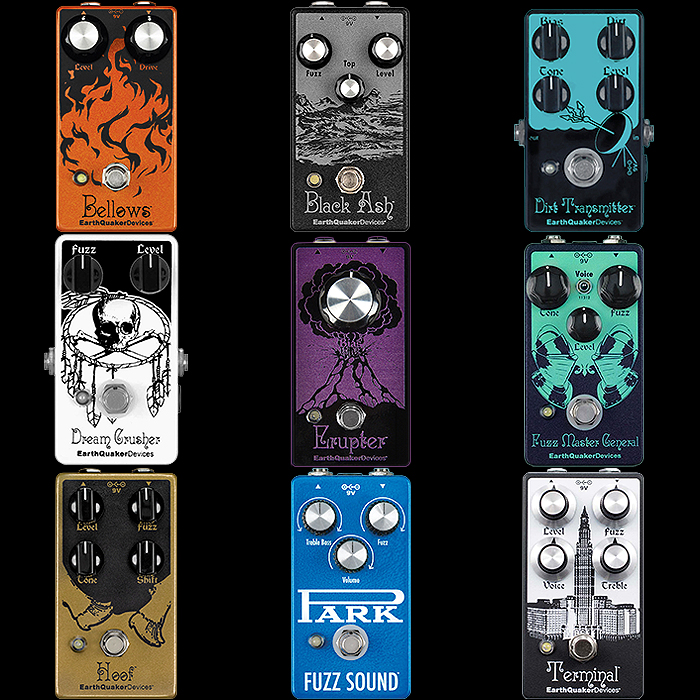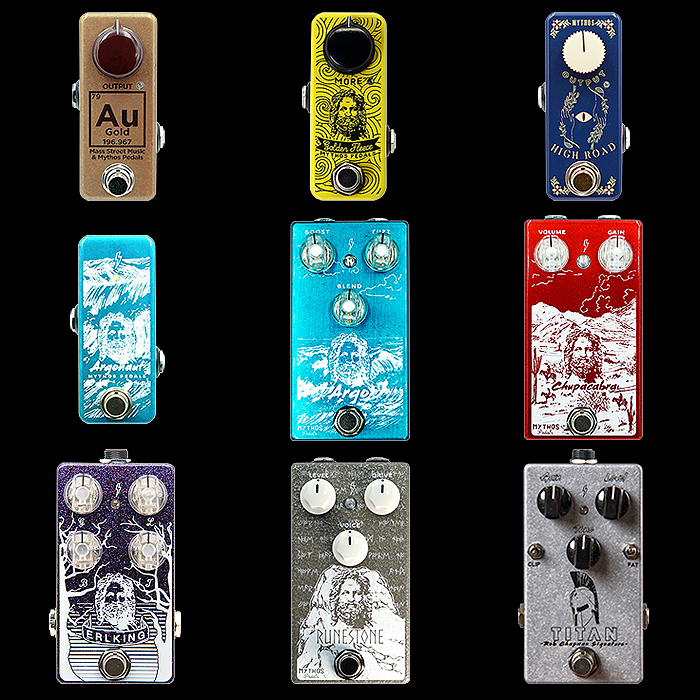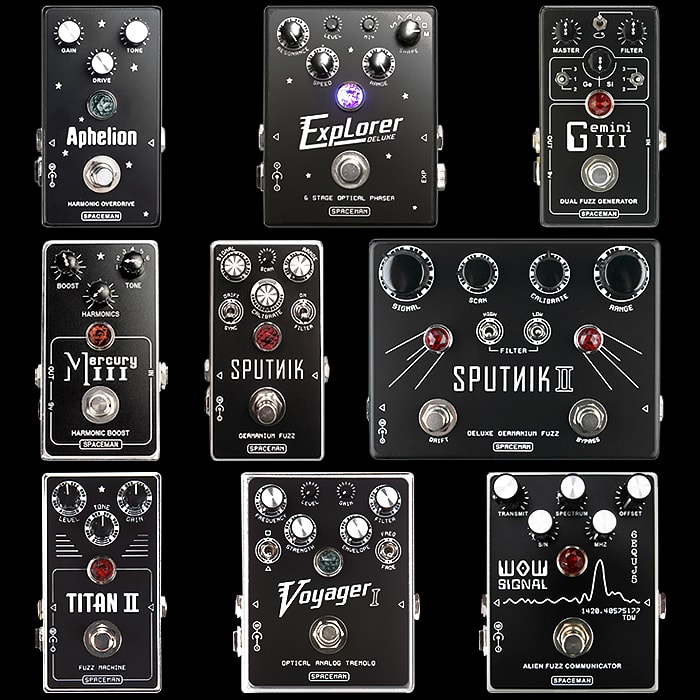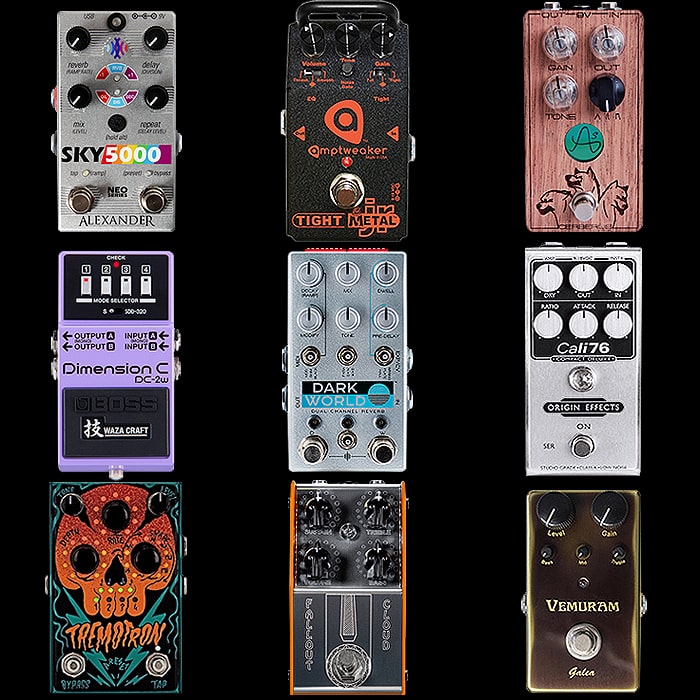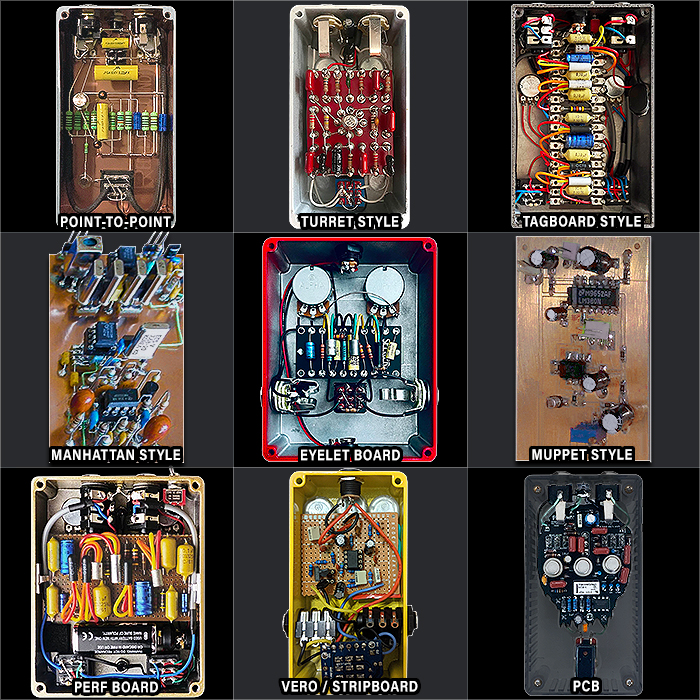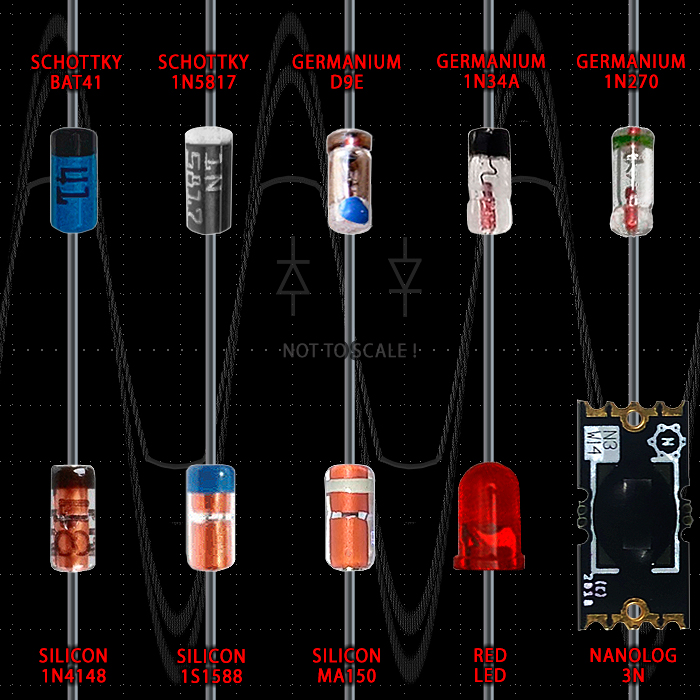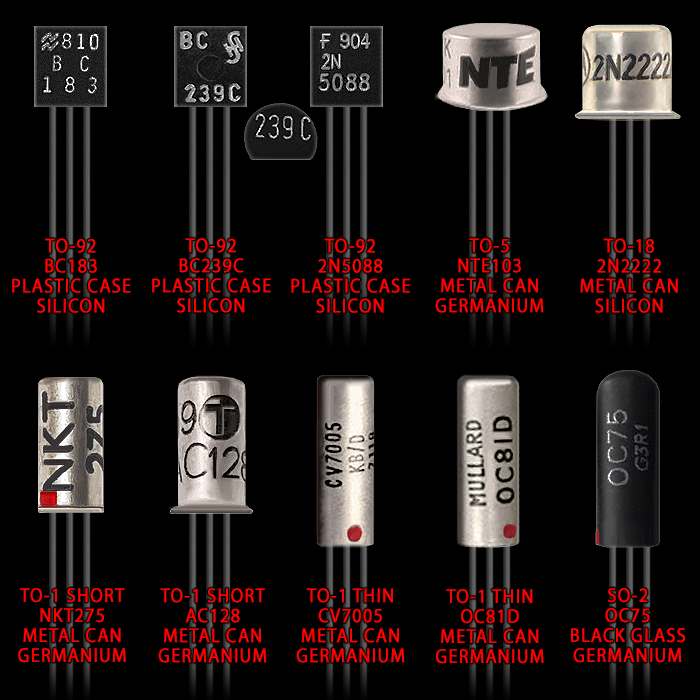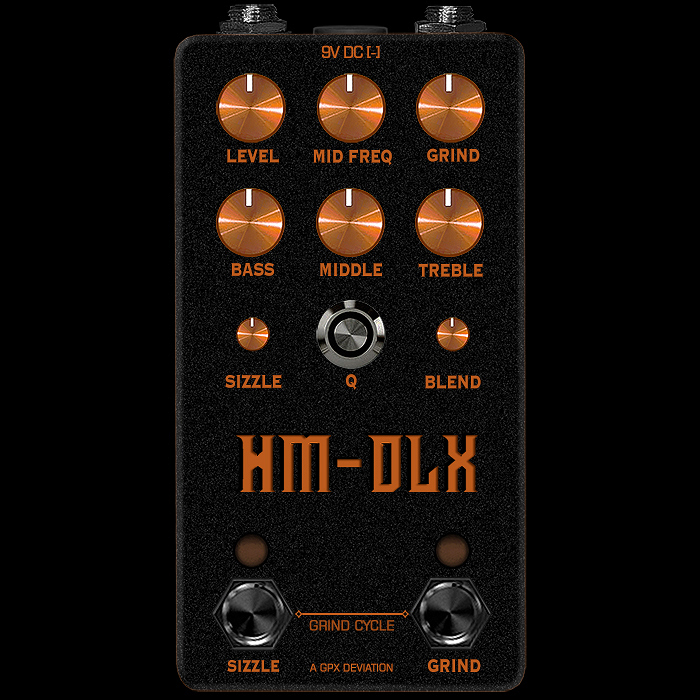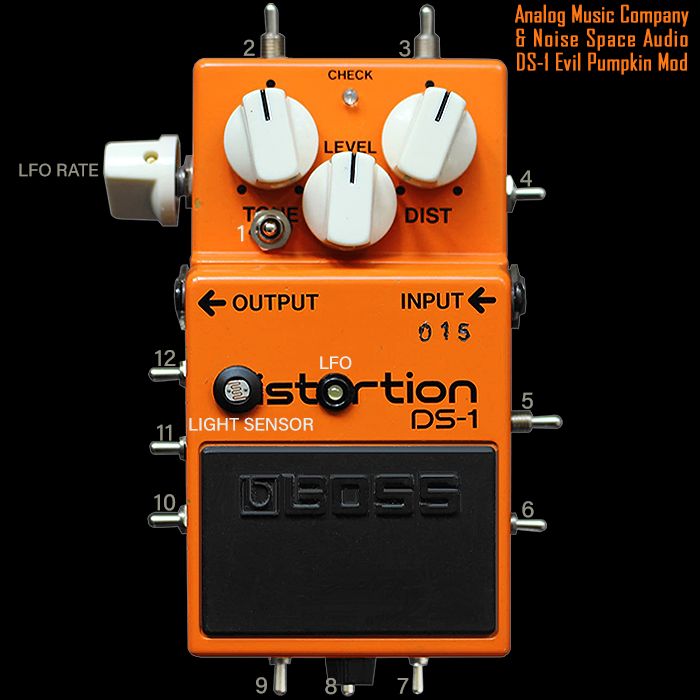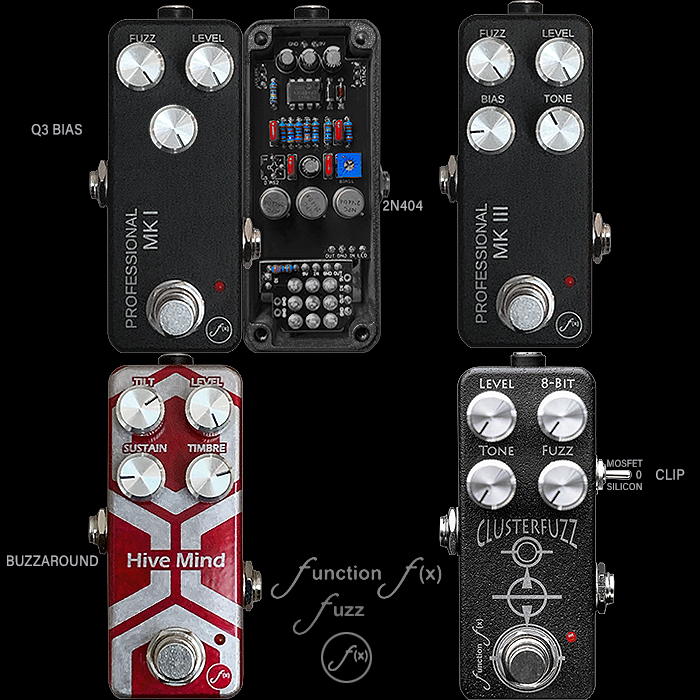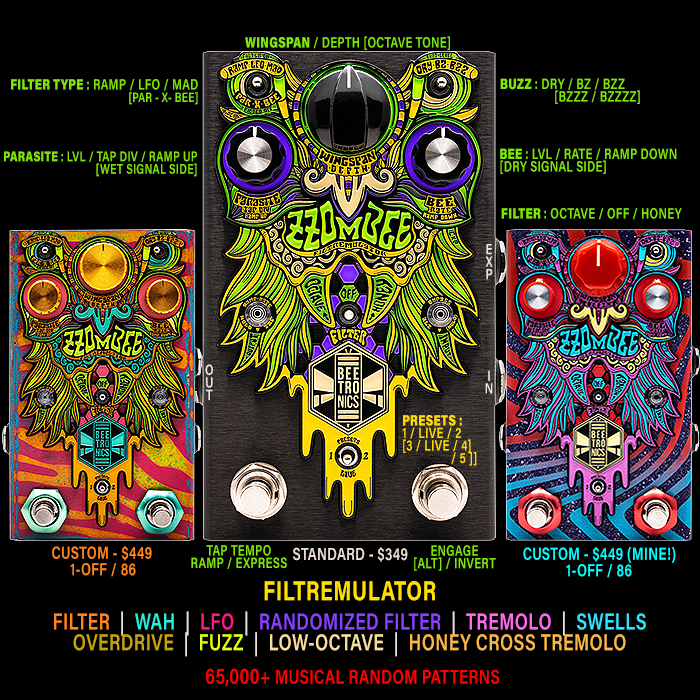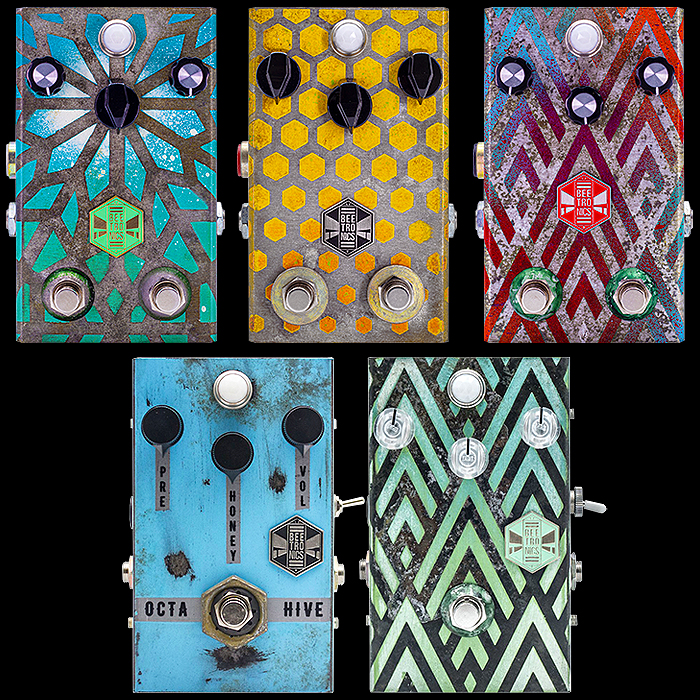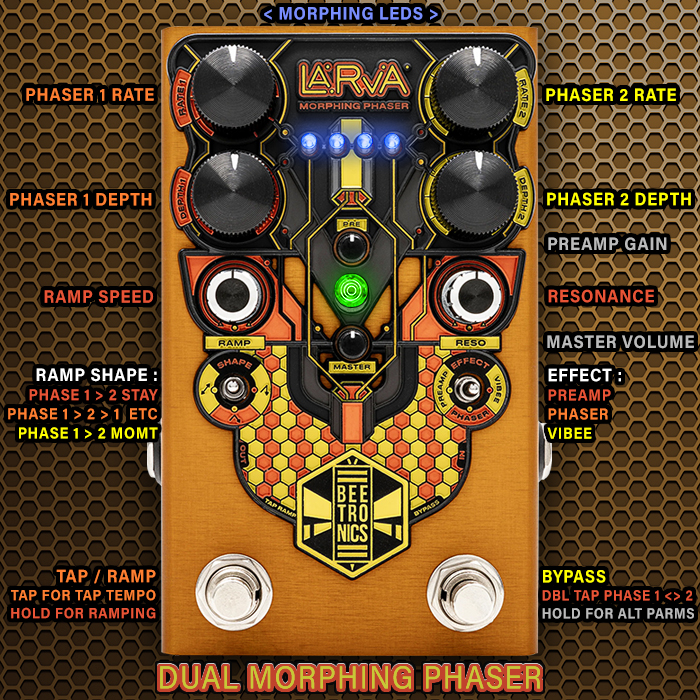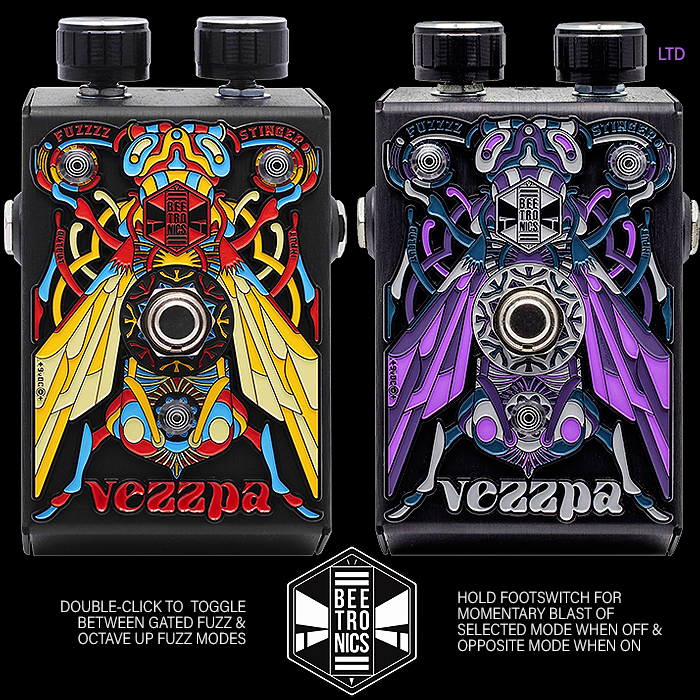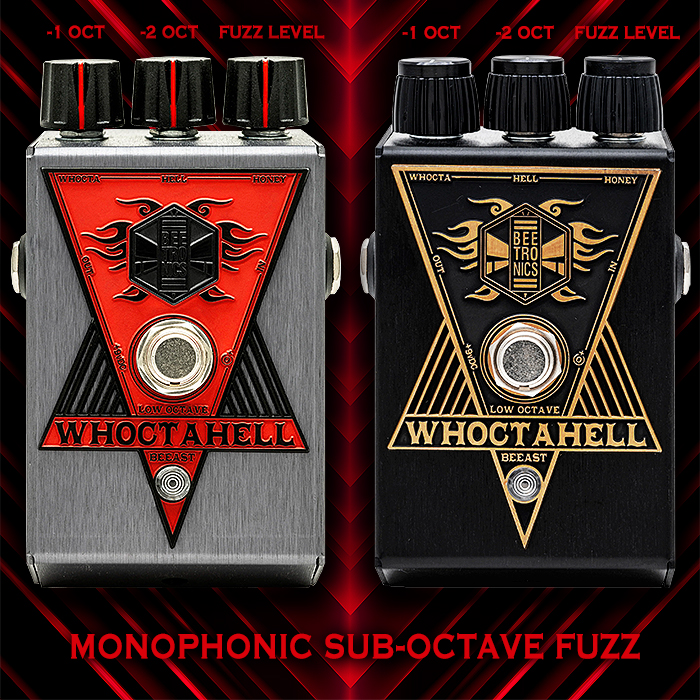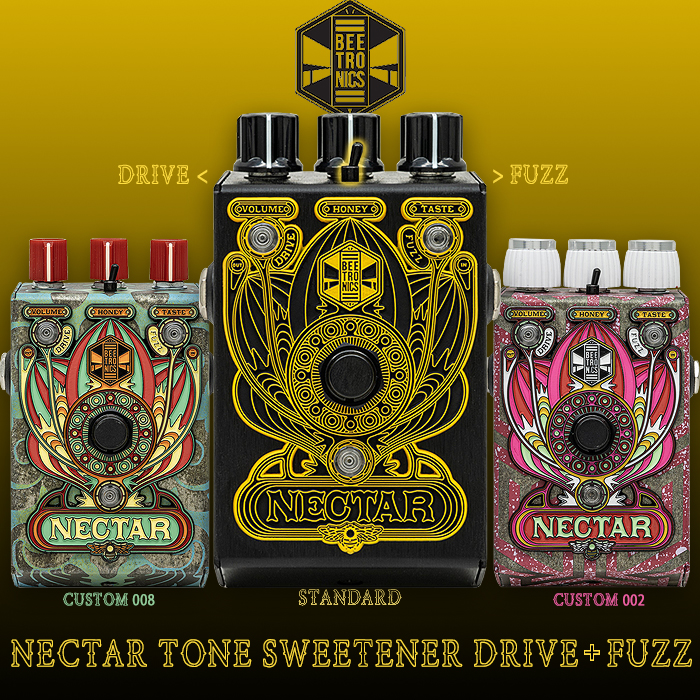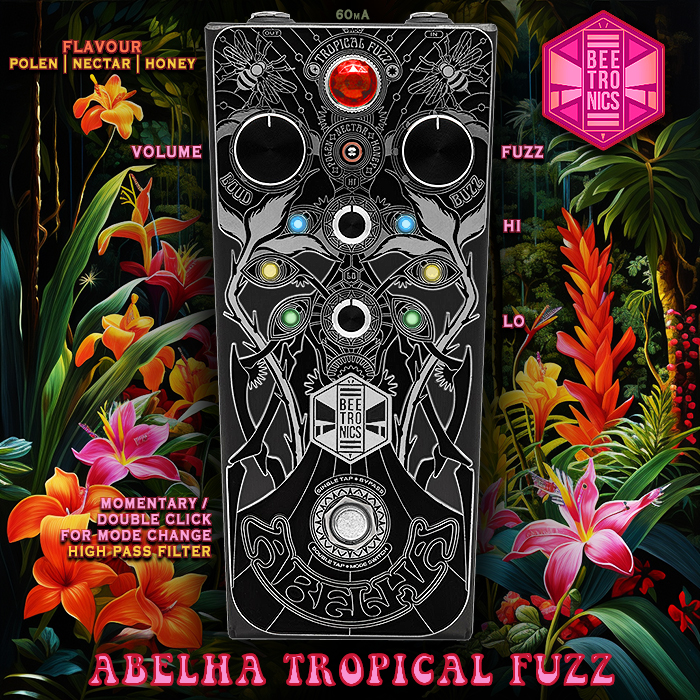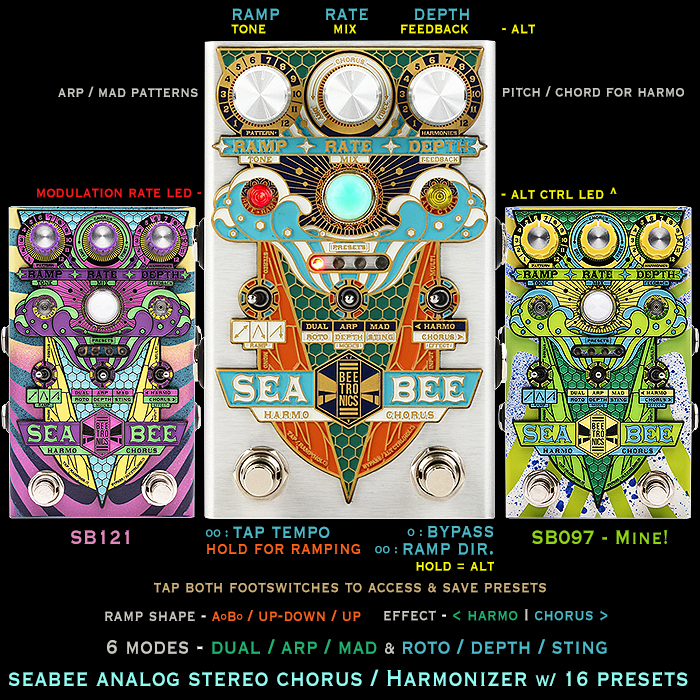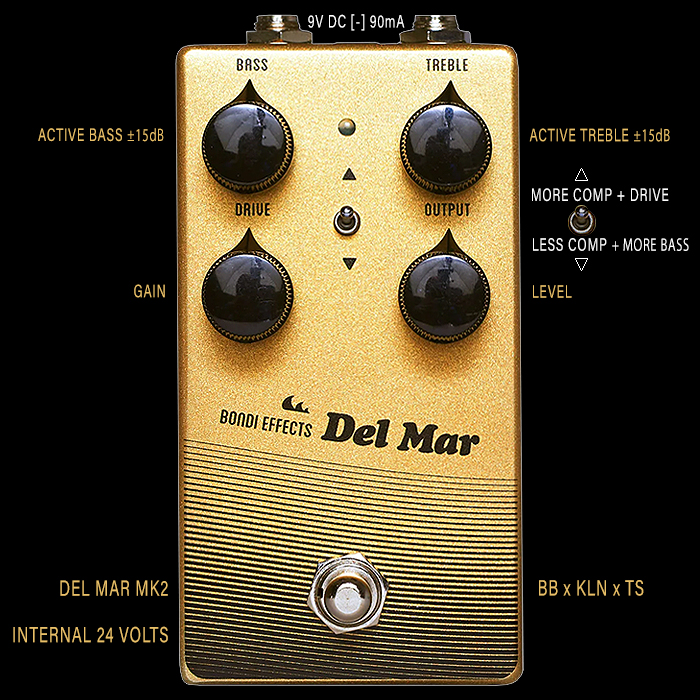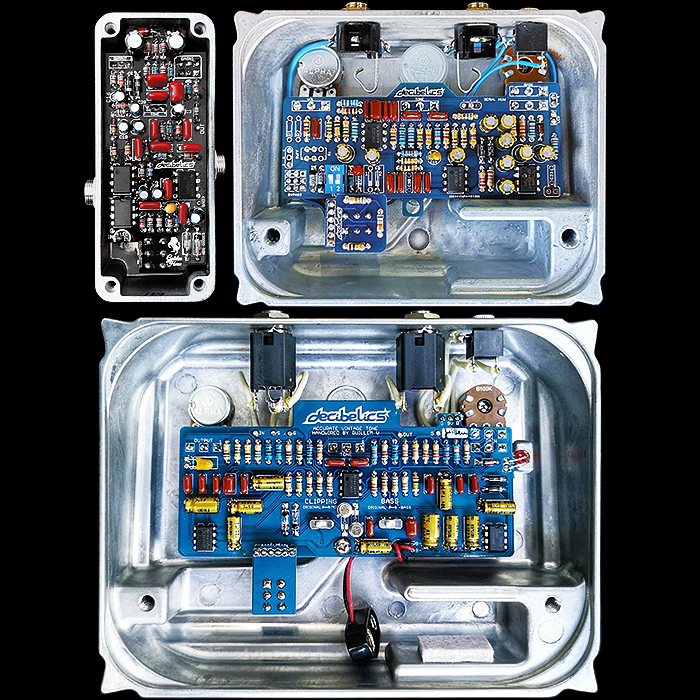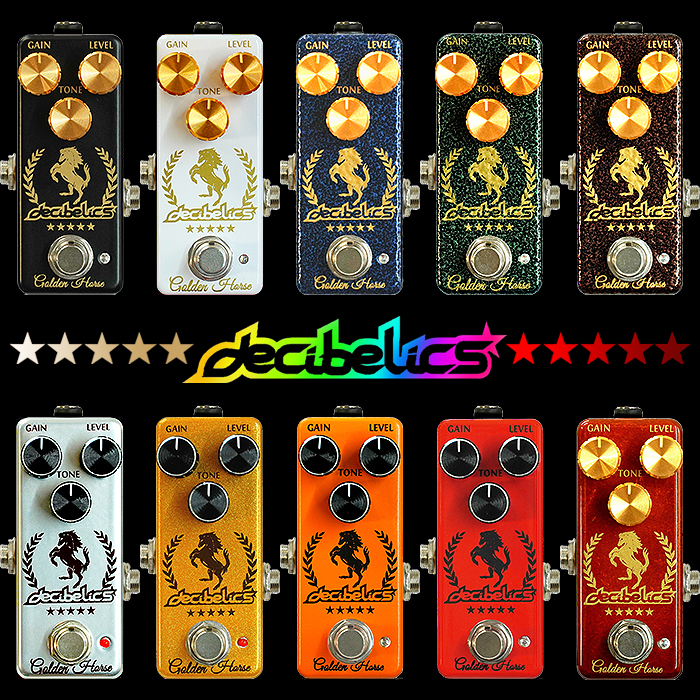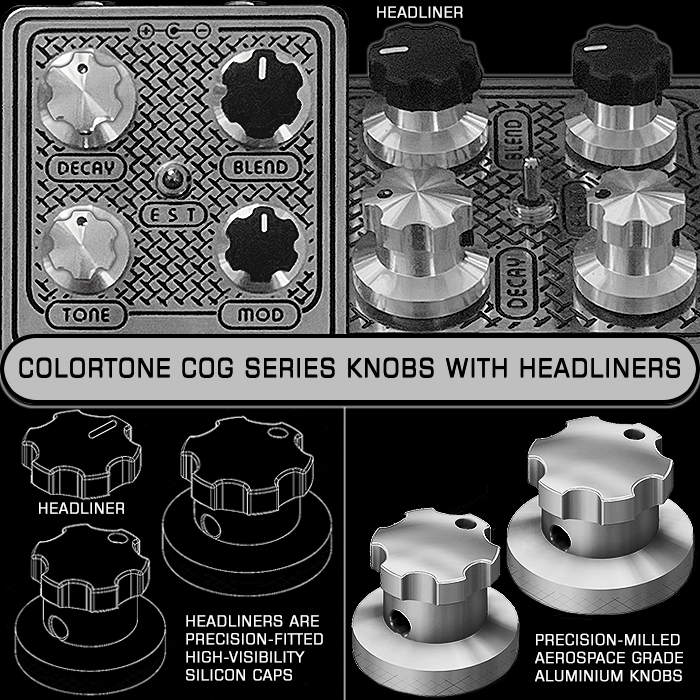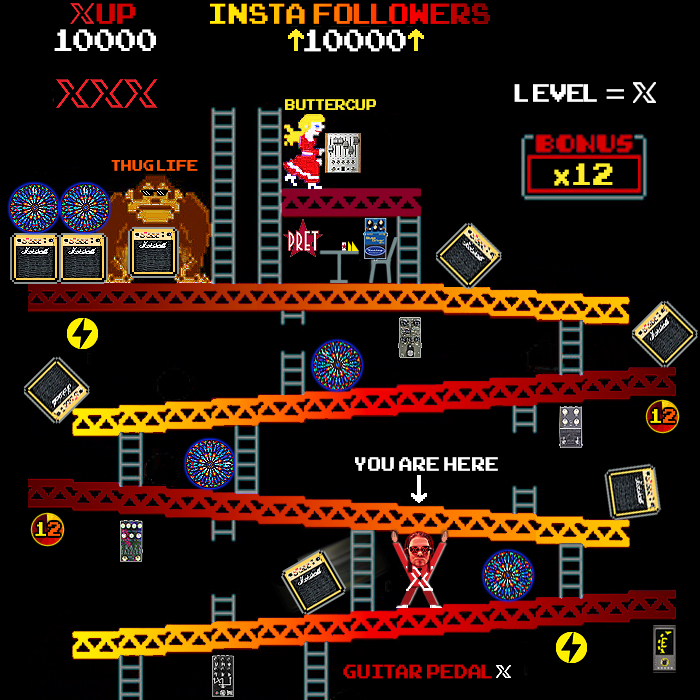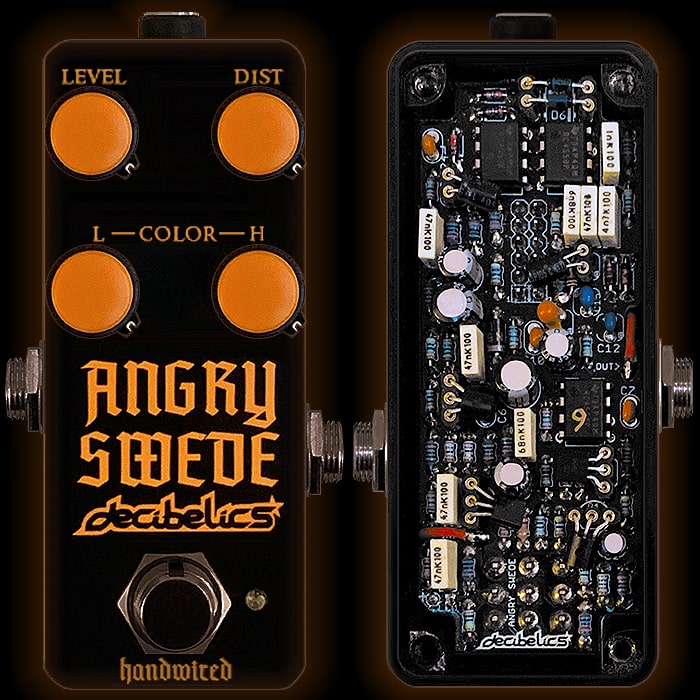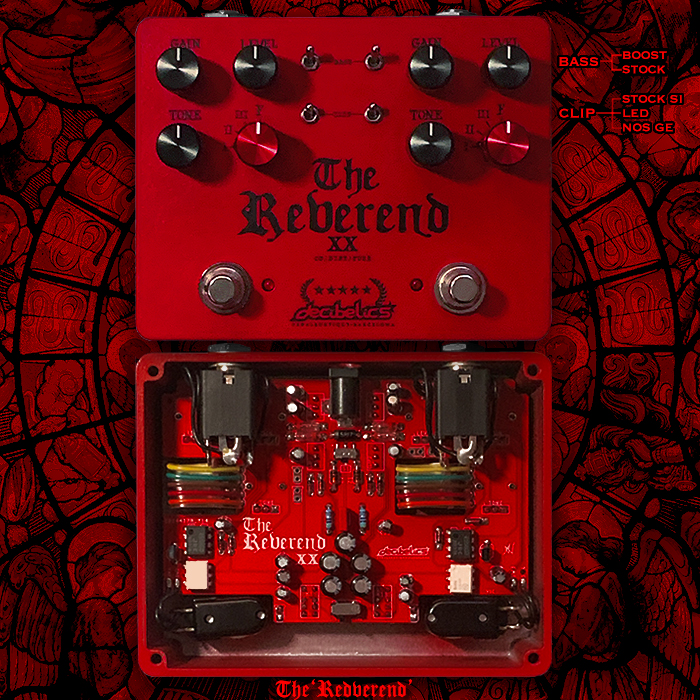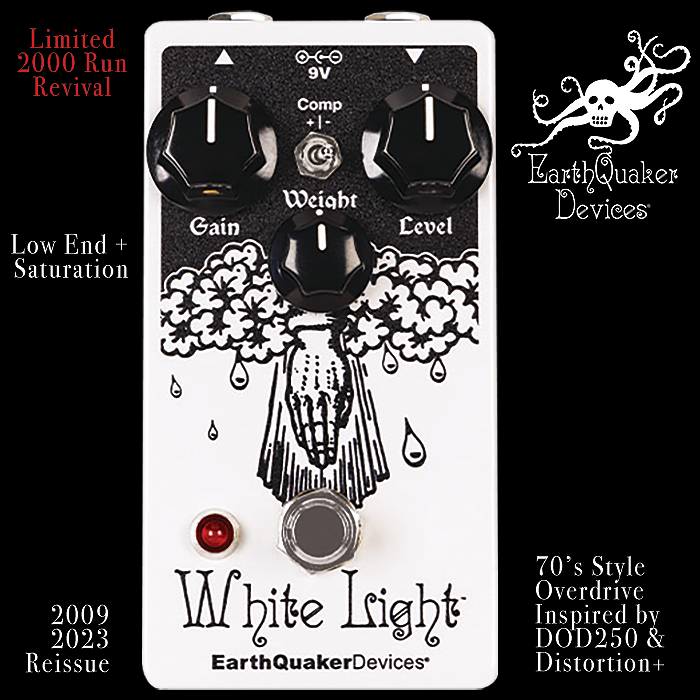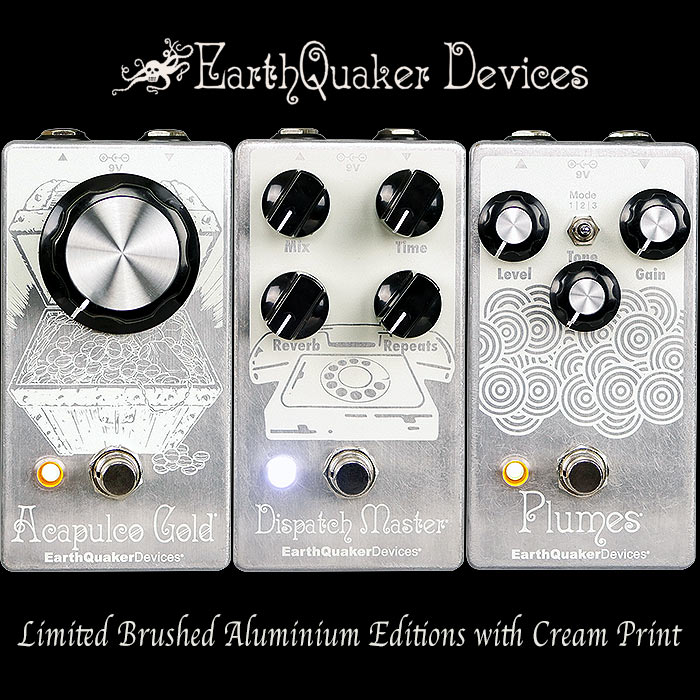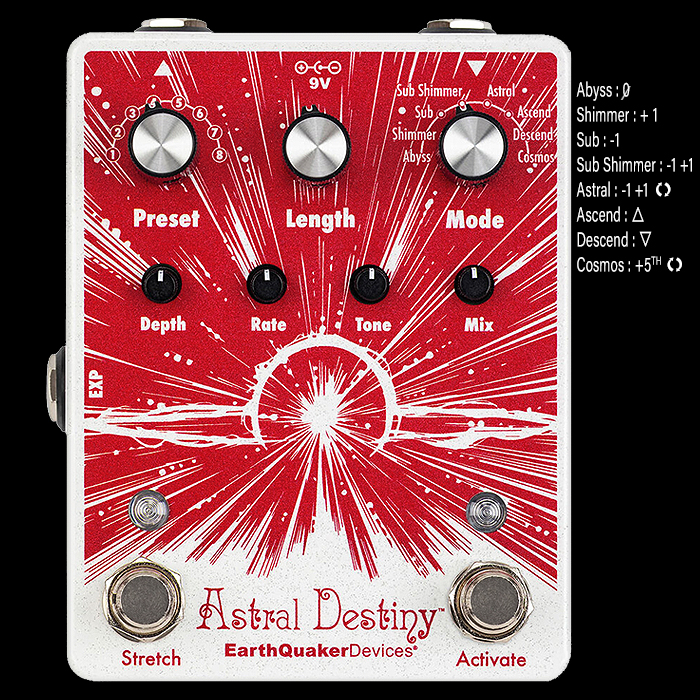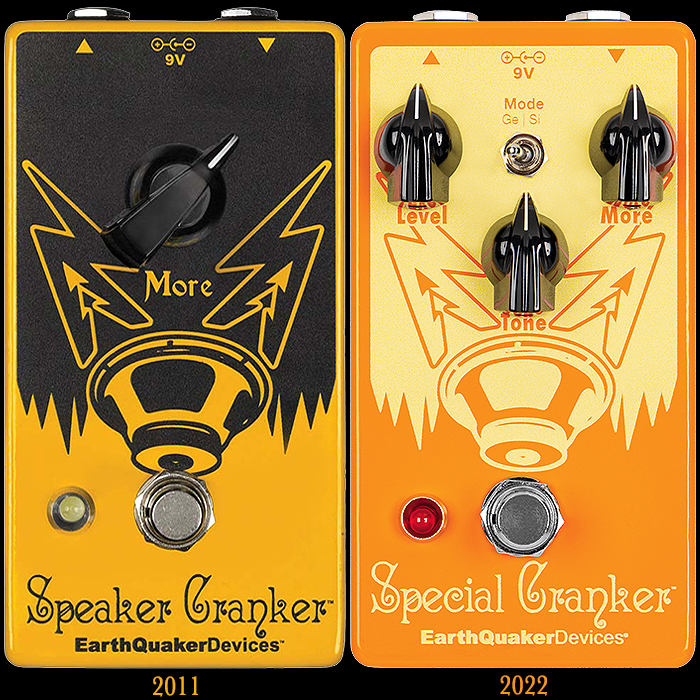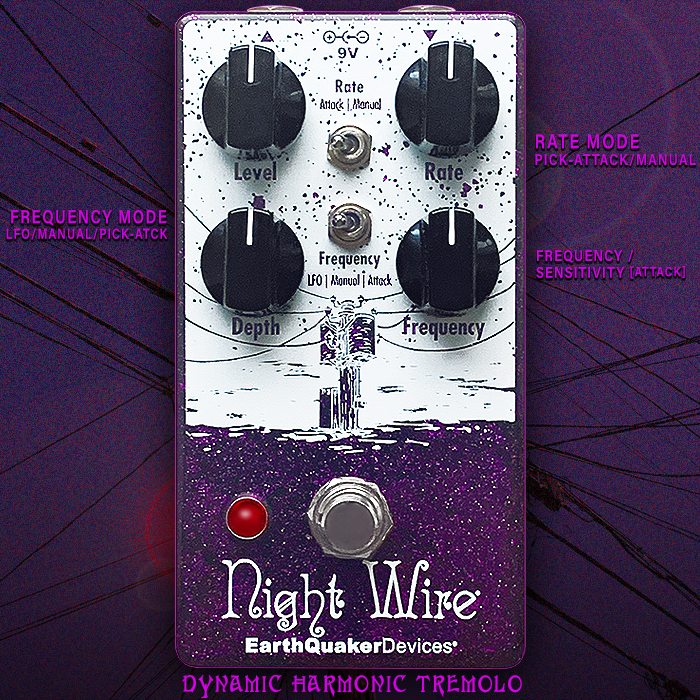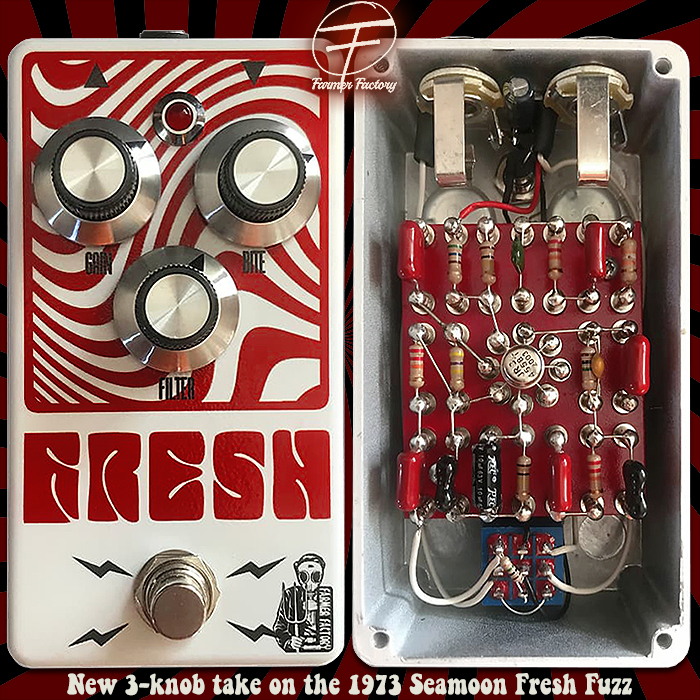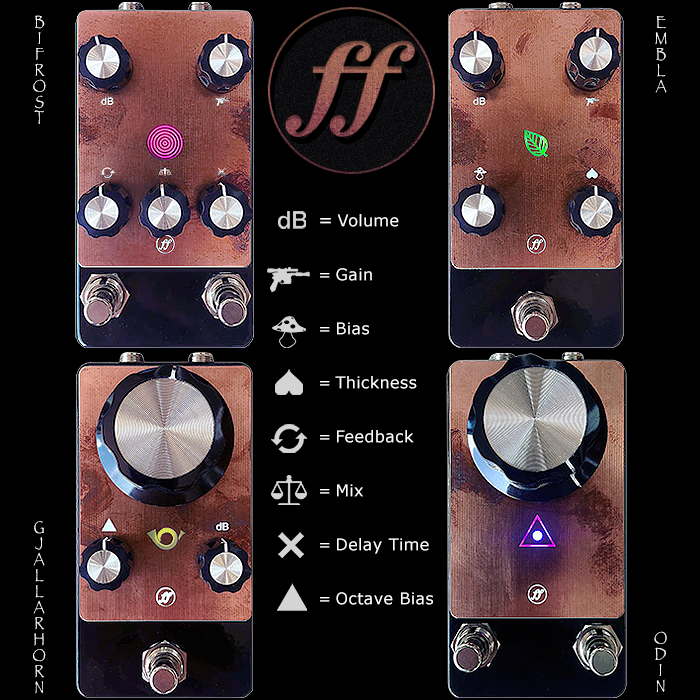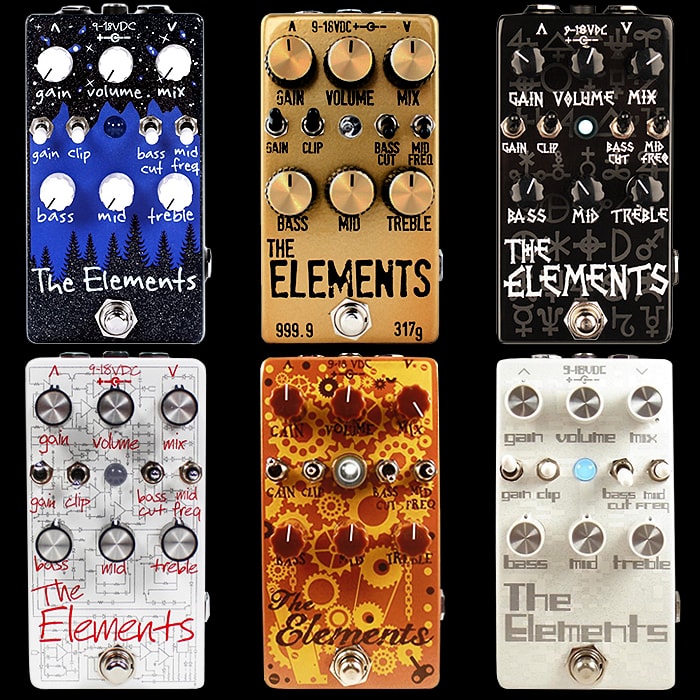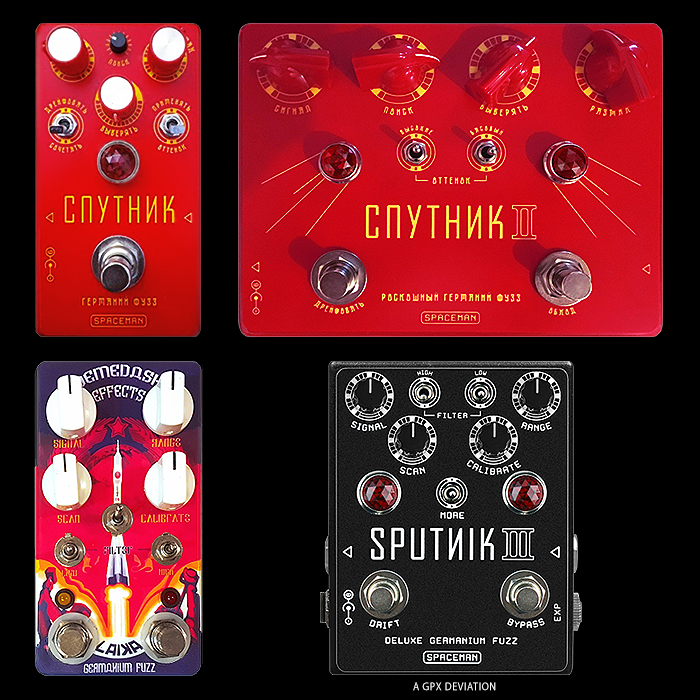The Inner Beauty of Pedal Design!
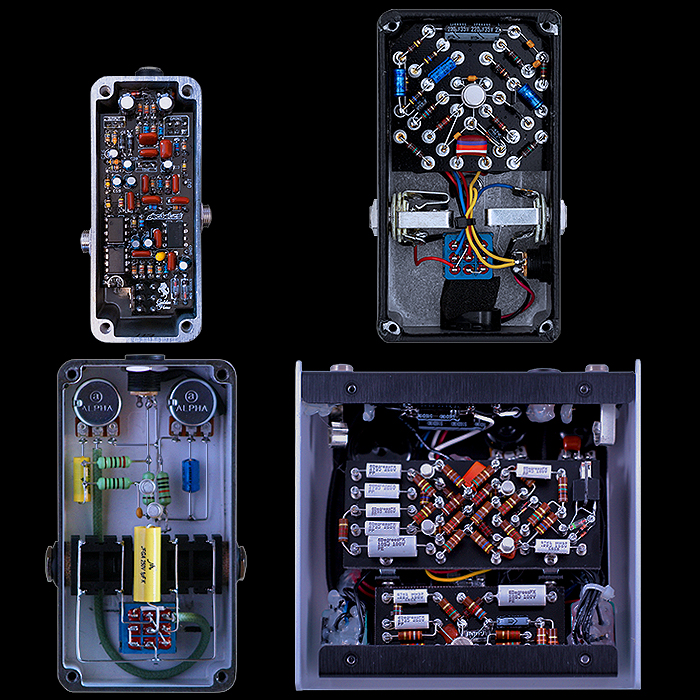
This post was in part triggered by my constantly referencing certain pedal guts as benchmarks for appealing pedal interior / circuit design. The second trigger was Markus Reeves of Reeves Electro - who has been posting pictures of his exceptionally neat point-to-point straight-line-wiring examples of circuits to the Fuzztopia Facebook Group - all of which I’m rather taken with currently.
I’ve chosen not to have any legends for the above picture so that the more knowledgable amongst you can hazard a guess - the reveal is immediately below where I show those pedal’s fronts. This post essentially features an assortment of attractive gut shots I’ve comes across - for pedals of all shapes and sizes - analog, digital and hybrid - although mostly analog to be fair.
There’s lots of interesting trends going on at the moment - but the even more interesting metric is just how many different types of build methods are still being explored. There are several magnificent examples across all the different genres and using those difference construction techniques - PCBs, Perf Boards, Point-to-Point Wiring, Tag Boards, Tag Strips, Turret Boards, and Vero Boards - to name a few of the usual suspects.
This is not intended to be any sort of comprehensive roundup or compendium of all the greats - I have myself featured a number of exceptional pedal guts on this site previously - and here I will focus on just a small portion of those and some other interesting varieties I have come across over these last few years and days even.
I have a deep love for a sense of geometry and symmetry - and finding interesting and appealing ways and patterns on how to do things to elevate circuit builds above the mundane. I always love seeing those more diagonal / cross-hatched designs, and of late, I’ve been particularly fond of those solid core hand-wired examples with straight lines and right-angled corners!
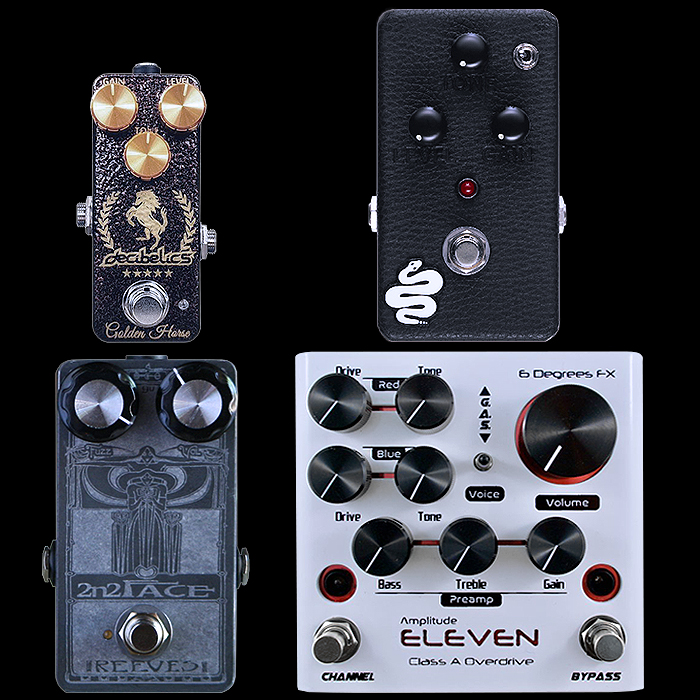
Surely most of you readers knew the first two - the Decibelics Golden Horse and JAM Pedals Custom Edition Rattler+ - both featured several times on this site. The Golden Horse appears in my favourite edition to-date - the Antique Veined Copper Edition - which makes a great pedal look even more stunning.
We all know about the leather-clad Rattler+ now too. So the lower two here are of course the Reeves Electro 2N2 Face Fuzz and 6 Degrees Effects Amplitude Eleven PreAmp. To date I have only one of these circuits in my collection - I would very much like to own each of these some day in exactly these editions and colourways.
As always - pedal acquisitions are based on a mix of highly complex criteria and priorities - so I'm not sure I will be adding many of these that soon - also considering what environment and times we are currently living through.
These are all exceptional and inspirational pedals inside and out - and I feel most of you would quite happily own one or two or all of these!
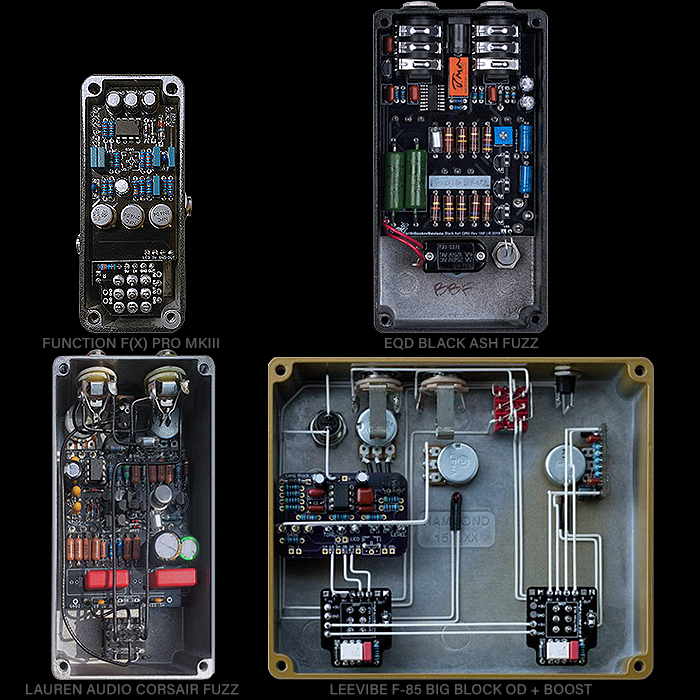
This second batch features a mix of old friends and new introductions. The first I covered in my recent Function F(x) Mini Wonderland Feature - and is Dave Friesema's superb miniature take on the Tone Bender MKIII.
Next we have the EarthQuaker Devices Black Ash Endangered Fuzz - funnily and somewhat unintentionally here another great example of a MKIII Tone Bender circuit. I think it's interesting to have those two pedals side-by-side as it occurred by happenstance - but ably demonstrates how you can build proper high quality THT circuits at any size really. As relayed relatively recently - I was a latecomer to EarthQuaker Devices - and while I knew how esteemed Jamie Stillman's outfit was, I wasn't then aware of the beautiful attention to detail on the inside of the pedals as well as the externals. It turns out that EQD has a number of very elegantly assembled boards - and the Black Ash is a prime example of that.
The third pedal here is the Lauren Audio Corsair Fuzz - which I came across courtesy of a favourite new (to me) Instagram site Gut Shot Culture. I think there are a few Lauren Audio varieties featured on there - which led me to this most elegant example of the Corsair - with that cool straight-line / right-angled wiring.
The 4th pedal carries on a similar theme with its own take on the solid-core straight lines methodology which joins together a number of boards and strips. It's somewhat reminiscent of watching the Pompidou Centre or the Lloyd's Building. That elegant geometry of lines Is just something special. This example is by a builder referenced as LeeVibe - which I came across courtesy of its MadBean Pedals featured listing.
I was once again trying to find exceptional examples at the core different enclosure sizes - I really wanted a square mid-size enclosure too - but was unable to find any suitable examples in that format (besides of course the Amplitude Eleven). These all look like mini architectural masterpieces. I keep hoping some of these builders incorporate see-through Lexan Panels or back-plates for easier visibility, but I've been told that fuzzes in particular need the full-metal enclosure as a sort of Faraday Cage to shield from radio waves and magnetic fields. Hopefully someone solves that some day soon - as it's a tragedy that this amazing and beautiful work should be so concealed!
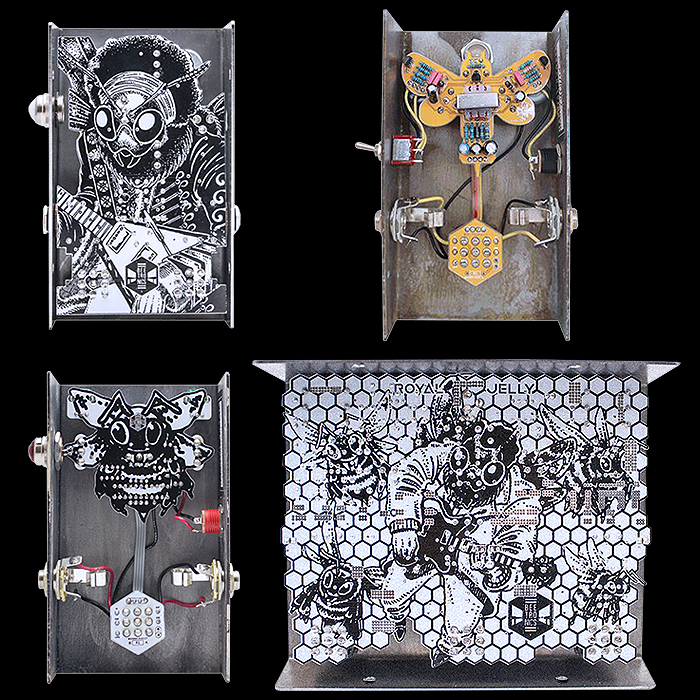
Beetronics FX is a builder with a stellar reputation for fine aesthetic details through every process of its production - inside and out. There's a fair amount of SMT being used on a number of these pedals - while of the featured quartet the top-right Octahive seems to be the only fully THT circuit. As one of my favourite ever upper-octave fuzzes - it's fitting that this is one of my design-favourites here too.
The other 3 are the Buzztard Boost, Overhive Overdrive and Royal Jelly Dual Channel Fuzz. The ones with the white and black graphics-enhanced boards are evidently mostly SMT. As noted previously I have something of a preference for full-size THT components - and secondly prefer outward facing boards that you can easily glance at when you remove the pedal base.
Several pedals though have inward facing boards for IP-protection reasons and are constructed in such a way that it is a lot more effort to disassemble them, modify or fix. I like taking a peak at a pedal's guts to see what components are being used - Transistors and OpAmps in particular - and I get somewhat annoyed when barriers are placed in the way of progress.
In any case Beetronics has found a neat way to deal with that an make the under-side of the circuit still interesting. I am still waiting for more builders to use these kinds of prints on the actual circuit-side. I think that in particular with tiny SMT components those circuits don't look as interesting as the chunkier vintage components - to builders will need to add interesting graphics and textures to bring those back up to inspiration level.
The other thing I don't like about SMT components is that it's impossible to see what they are from the surface - they're all so tiny that there are no values or tolerances listed - which is all part of the fun of inspecting the THT style.
So I think many of the Beetronics interiors are cool - but not all are as cool as each other - and still feel there is some room for improvement there.

The two Spaceman Sputnik III's are something I came across on Gut Shot Culture and refined and enhanced for display and reference purposes here. I love seeing the comparison between the Limited Edition and Standard Edition circuits - and their significantly different component use.
Since the Spaceman Standard Edition was first introduced with the Saturn VI last year - I did not really have a clear understanding of the difference in those pedals. For previous Spaceman Editions (pre-Standard) I believe the circuits and components were identical bar the superficials - Enclosure, LEDs and Knobs! There has always been a difference in price between the Raw Steel or Black Editions at one end of the scale and Copper or Chrome editions at the other - often a difference of $100 or more.
Since the Standard Edition launch in September - the Raw Steel version with Black facia-plate is now the Standard lower-cost edition, where a number of the THT components applied to the Limited Editions are swapped for lower-cost SMT alternatives. Importantly though you can see that all the key noise-generation components - including the Transistors are the same.
If you've watched the Zach Broyles Mythos Pedals YouTube video where he compares SMT and THT component constructions of the same circuit designs - there is typically little or no variation in the tone and characteristic. Functionally the SMT parts are equal to the task and in many ways are more robust and reliable. As long as the fundamental ingredients are the same - then you should be able to mix and match the appropriate THT and SMT components to be able to create indistinguishably different results.
In the case of the Sputnik III - the Standard Edition should soon be available again with batch 2 - for $269. While the lowest cost Limited Edition was $329, and the dearest was the Red Cyrillic Edition at $399. I myself own an original Sputnik I in Cyrillic Red, while the second time around I went for the Standard Edition. The pedal was launched at a somewhat inconvenient juncture for me - and I kind of missed out on the first round - but then got a barely used one from a guy in Brighton for the same as retail price - while everyone is still mostly price-gauging on Sputnik III's.
I could not justify the additional outlay of $130 for the Red Cyrillic Sputnik III - in any case those sold out pretty much on the spot. Of the other colourway editions - the only one I really liked was the Standard - so the choice for me as as it often is at either ends of the scale!
I will be doing a head-to-head between my 2 Sputniks and seeing if I can discern any marked differences in fidelity. From all the demos I've heard the Standard Sputnik sounds suitably stellar - and for sake of comparisons - all of the recent and now currently sold out JHS Legends of Fuzz are of SMT tiny parts constructions. Spaceman treads a path somewhere in-between which I think I broadly approve of.
I'm starting to think we possibly need 3 different classifications / versions for Spaceman - Standard (THT + SMT), Pro (all THT) and Limited (THT + Custom Enclosures)!
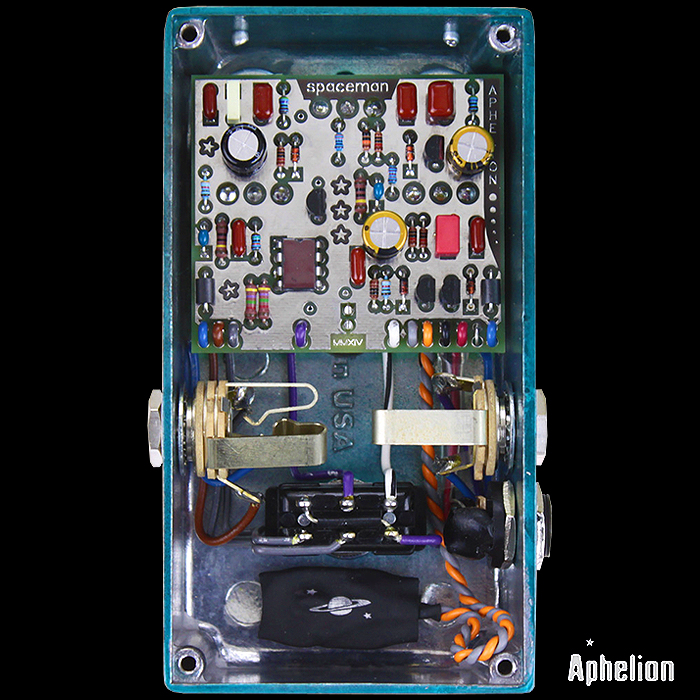
I note that Spaceman Zak Martin is not quite as playful with his circuit designs as he used to be - and hence I thought I should hark back to one of his earlier models - the Aphelion Harmonic Overdrive - which is one of my favourites.
Here the circuitboard is slightly more idiosyncratically Spaceman - with those star motifs and a more colourful approach to the circuit assembly and component population overall, Some of the earlier Spaceman guts were just really special visual experiences in themselves - while these have increasingly become more homogenous and perfunctory in latter years.
I personally like the increase in fanciful whimsy for circuit builds and really desire more of the same. A lot of this is though not really suited to mass-production and once a brand moves beyond boutique sales - then building pedals in this fashion can become a somewhat limiting factor.
It's wonderful though that such whimsical designs exist - and mostly you're not paying over-the-odds for them, considering how much extra work goes into doing things this way. I still feel there's another happy median here - and builders can introduce more colour and texture in their board prints - to make those pedal interiors more interesting again.
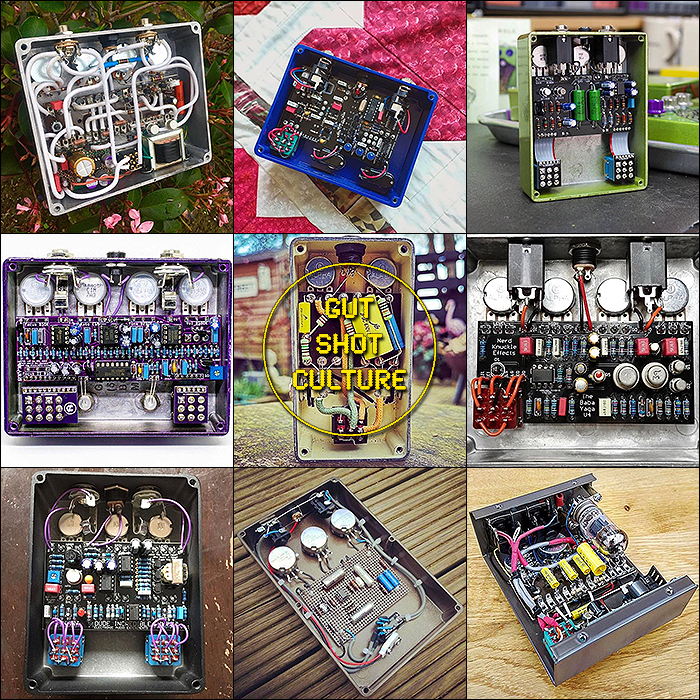
It seems somewhat fitting to end this article with reference to one of my favourite new Instagram finds of recent times - Gut Shot Culture - which features some of the above references and many more besides.
I created the above composite from some of my favourite pedals listed there - while the site also encouraged further exploration and discovery down related avenues. Obviously the photography is a mish-mash of different orientations, partials and 3/4 perspectives - but it's super inspiring above all.
I don't feel it has all the essentials featured on it yet - and I know of many more exceptional circuit designs which could and should feature both on Gut Shot Culture and on Guitar Pedal X.
I will of course keep my eyes peeled to bring you the best of everything I come across. If you yourselves come across some stellar example - by all means share. Any builders out there who would also like to bring attention to their superior circuit designs can of course drop me a line too - to be featured in the next roundup.







